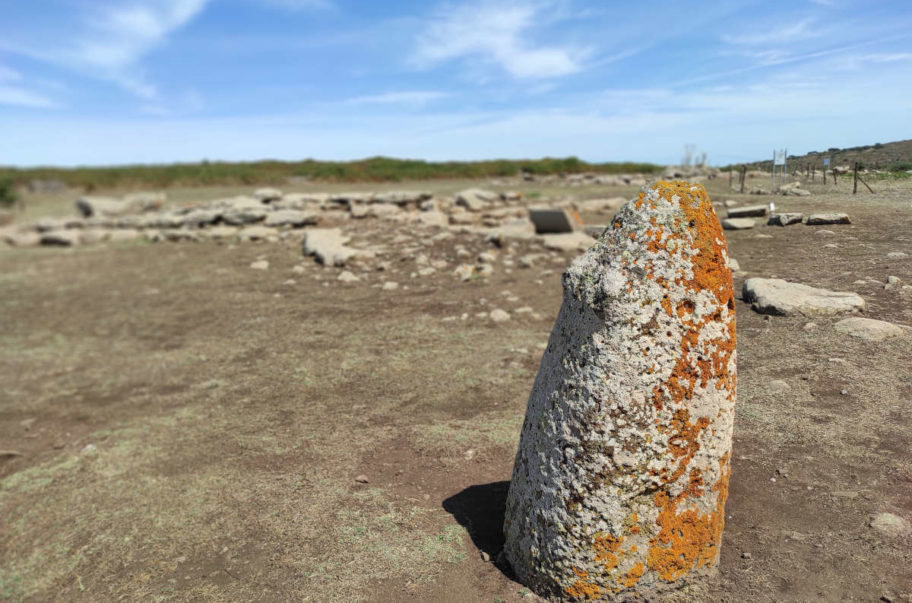Corpo Pagina
The territory of Macomer, a big town in Marghine region at 600 meters above the sea level, has been inhabited since prehistoric times, as evidenced by the Filigosa necropolis.
The site, dated to the first Copper Age, has yielded a large number of finds that have given rise to the definition of Filigosa Culture. It follows the Sub-Ozieri Culture and is characterized by rather simple ceramic pottery. With the funerary goods were found human remains, for which it was hypothesized the practice of secondary deposition. More recent studies instead suggest primary deposition rituals.
Human remains characterized by stripped bones were found with funerary goods, confirming the practice of secondary deposition.
Previous to Filigosa is the singular discovery made in a cave in the Marras area, located in a gorge of Rio S’Adde. Here in 1949 a statuette, called the Venus of Macomer, was found out of context. It is a female figure with wide hips and a zoomorphic face in basalt, 14 centimetres high, initially dated between the Middle Neolithic and the Eneolithic, then moved to the Early Neolithic. Currently there is a tendency to date it between the Paleolithic and the Mesolithic.
The Nuragic sites in the area are very significant in number and importance, such as the Santa Barbara nuraghe, the Orolo nuraghe and the Tamuli complex. Here there are three tombs of giants, six betyls – three of which have representations of breasts to indicate female identification –, a nuraghe perched on the rocky hill that dominates the area and a village of huts with circular and rectangular plan.

